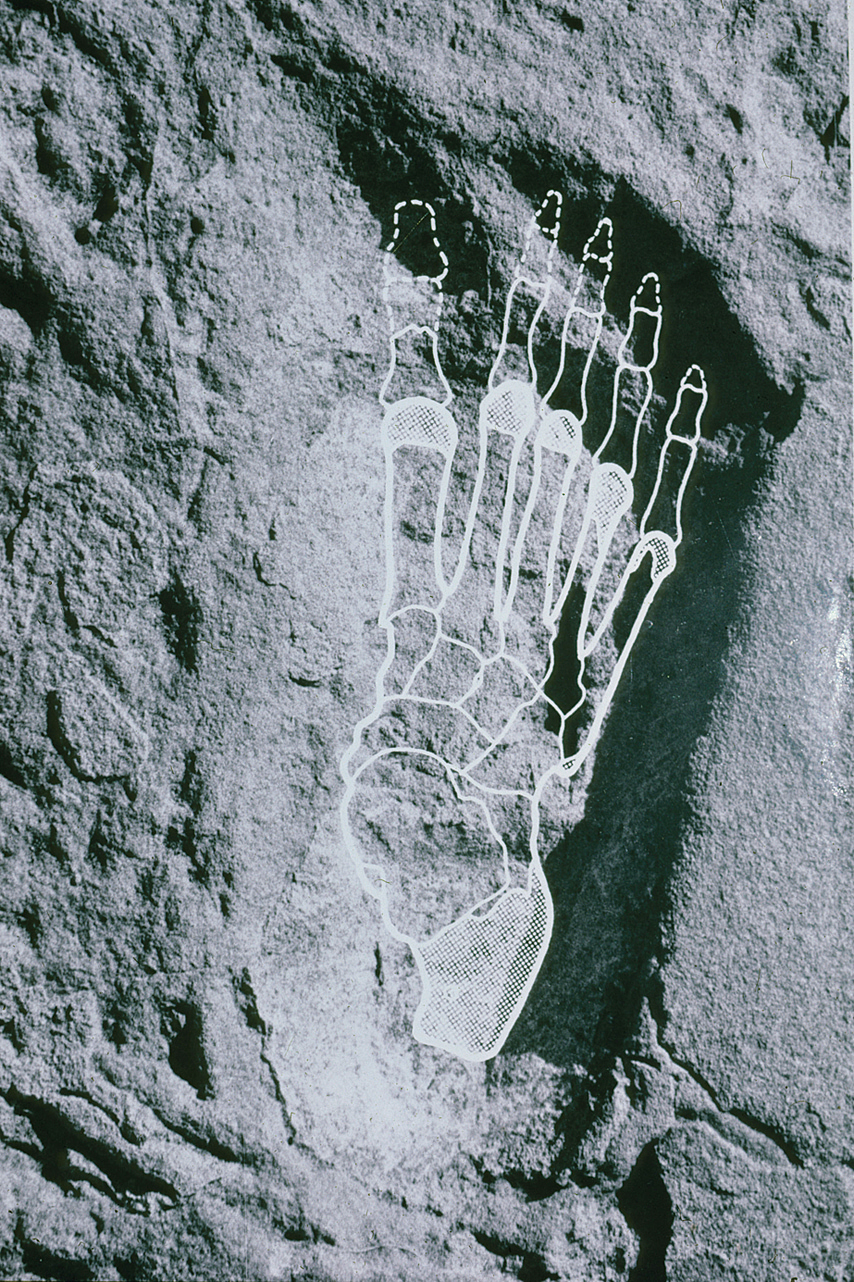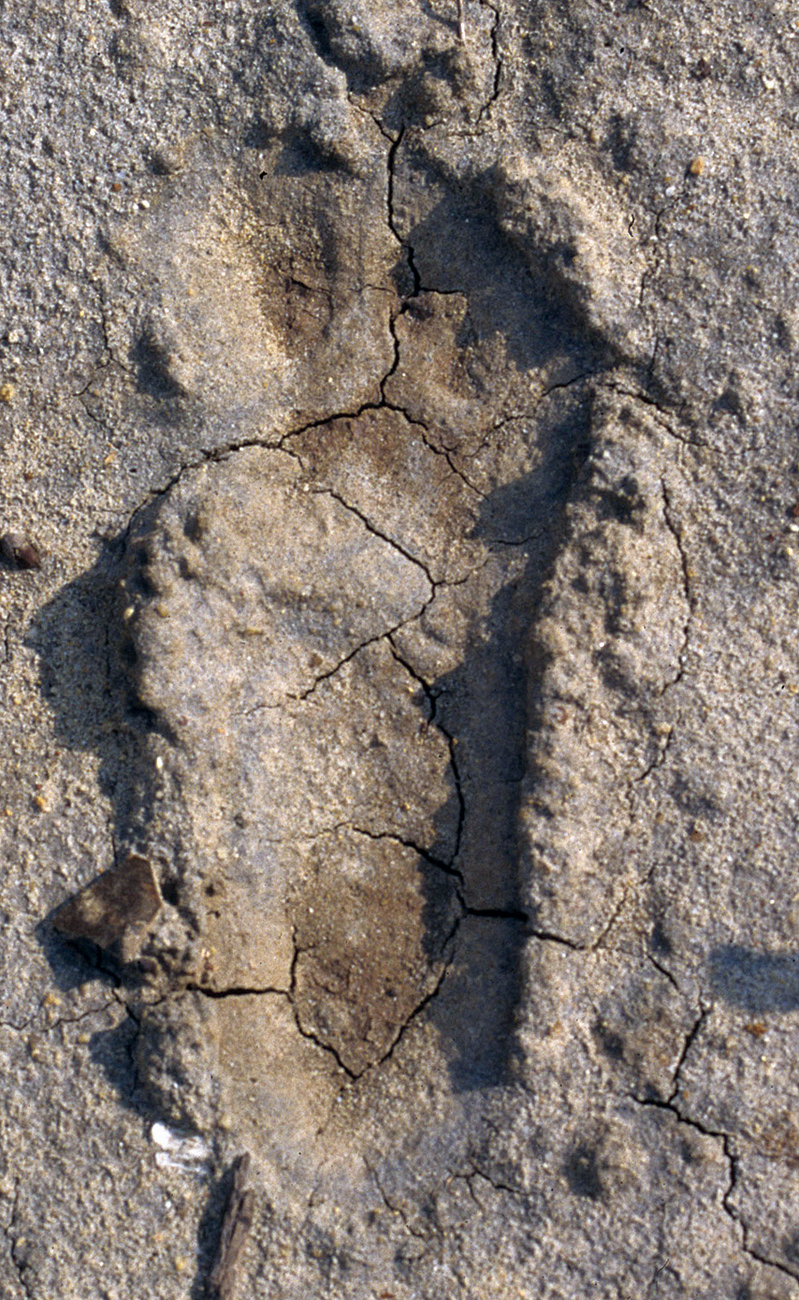B49
The Australopithecus foot
footprints and bipedality
The locomotor behavior of Australopithecus afarensis has been discussed by many. Although considerable controversy exists, a major hypothesis considers Au. afarensis to have engaged in advanced bipedal locomotion with extended knees and hyperextension at the hips. Furthermore, the Au. afarensis foot is considered by most to have had a developed calcaneus, a non-divergent big toe and a longitudinal arch. Such a foot enables both shock absorption and efficient toe off. The 3.6-3.7 Ma Laetoli footprints discovered in the late 1970s offer a unique test of such hypotheses. Although some wondered if the Au. afarensis foot might have been too primitive for these footprints, our composite reconstruction showed that such a discrepancy is not the case. In a recent 3-dimensional analysis of footprint form, the Laetoli prints were compared with those of modern humans made under experimentally controlled conditions. This study reconfirmed the view that the makers of the Laetoli footprints had a largely modern human-like gait. (Gen Suwa)
References
White, T. D. & Suwa, G. (1987) Hominid footprints at Laetoli: facts and interpretations. American Journal of Physical Anthropology 72: 485–514.
Crompton, R. H. et al. (2012) Human-like external function of the foot, and fully upright gait, confirmed in the 3.66 million year old Laetoli hominin footprints by topographic statistics, experimental footprint formation and computer simulation. Journal of Royal Society, Interface 9: 707–719.


